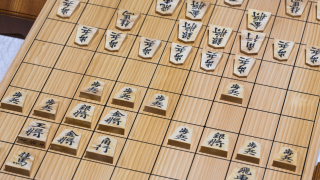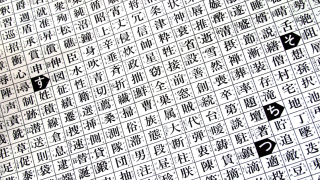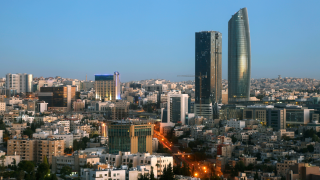 LOANWORD
LOANWORD The Appeal of Kansas: A State Without Kanji and How Japanese People Perceive It
In Japanese writing, Kansas has no kanji notation and is expressed solely in katakana. The state’s name comes from the indigenous Kansa people, emphasizing its deep historical roots. For Japanese people, Kansas represents more than farmland. It is also a cultural symbol through The Wizard of Oz and a sports powerhouse through the University of Kansas Jayhawks and the Kansas City Chiefs. This combination of tradition and modern recognition makes Kansas unique in the way it is perceived from abroad.









